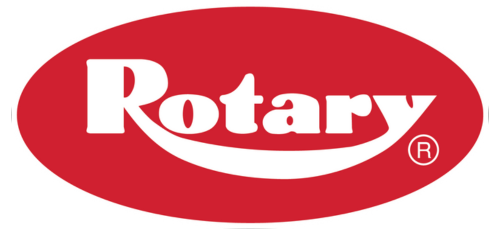
There are very few pieces of equipment in your shop that are as important as your vehicle lifts. They let you perform service and repairs efficiently, profitably and with minimal maintenance. That said, they’re not maintenance-free. Preventive maintenance minimizes downtime and increases the life of your lift. Most importantly, it reduces the chance of injury to your service techs and to your customer’s property.
It’s also important to remember that the Automotive Lift Institute standards require every vehicle lift be inspected once every year, at a minimum, by a Qualified Lift Inspector in accordance with ANSI/ALI ALOIM-2008 (R2013). This inspector will thoroughly examine the structural integrity, operating mechanisms, safety systems and maintenance of the lift, as well as any modifications the lift may have undergone.
General inspection guidelines.
- Inspect each lift prior to operation daily.
- Check cables and sheaves for wear daily. Wipe cables with a rag to detect hard-to-see small broken strands. Replace cables showing any broken wires, severe corrosion, excessive stretch, deformed strands, variations in diameter or any change in normal appearance.
- Periodically check the anchor bolts that attach the lift to the floor. Make sure they are tight in accordance with manufacturer guidelines.
- Lubricate the lift per manufacturer’s guidelines.
- On hydraulic lifts, check the fluid level and quality regularly and refill/replace it as needed.
- Always keep lift components clean and free of corrosive agents, solvents and road de-icing chemicals. If such materials come in contact with lift components, immediately rinse the area thoroughly with water and wipe down with a clean rag.
- Inspect lift adapters and accessories, like rolling jacks, regularly.
- Replace any damaged or missing caution, warning or safety-related decals on the lift.
- Schedule annual lift inspections with a qualified lift inspector.
5 signs your lift needs repaired.
But even when you’re performing routine inspections, sometimes issues can still arise. Here are five signs that your lift needs to be repaired:
- Hydraulic fluid leaks develop.
- Locks or restraints are not working correctly.
- Deformation or excessive wear in any of the lift components is detected.
- Lift contact points, including adapters, become damaged or excessively worn.
- Cracks or loose concrete develop around floor anchors.
Quick tip: two post lift daily inspection.
Take a quick minute to check out our 90 Second Know How video to learn more about daily inspection of a two post lift.
Spending a little time maintaining your lifts helps ensure that they’ll support your business for years to come. It also provides peace of mind knowing that the lift you’re standing under is in good working condition.
{{cta(‘647ad82f-1372-47ef-a1a7-a15f4710e140’)}}
